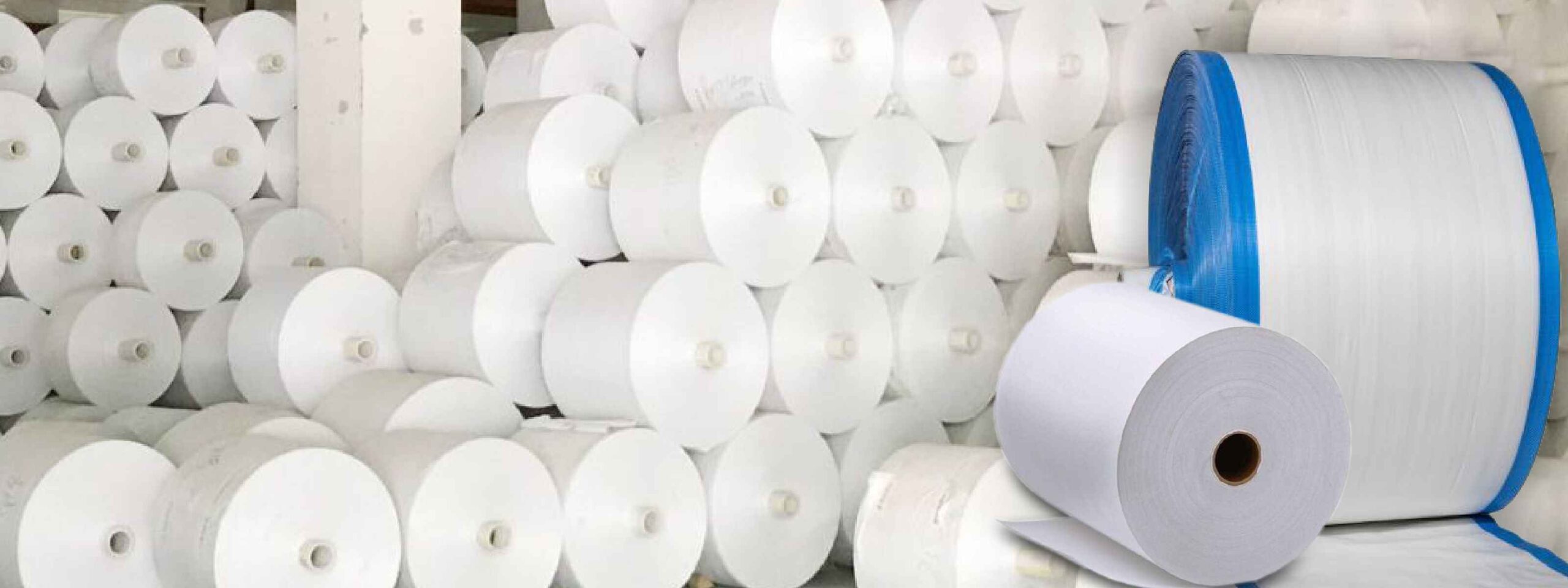PP Fabric
PP Fabric is regarded as Polypropylene fabric. It is the type of plastic that is a part of the polyolefin group. It is nonpolar and partially crystalline. It is the second most-produced plastic in the world. PP fabric is a non-woven textile that is directly made from PP material without any need for spinning or weaving. It is one of the lightest synthetic fabrics in existence, and it is incredibly resistant to most acids and alkalis. The thermal conductivity of this substance is lower than that of most synthetic fibres which means it is ideally suited for cold weather wear. This fabric is highly resistant in abrasion. PP Fabric also resists insects and other pests. This fabric is susceptible to UV damage, and it does not adhere well to latex.
PP fabric uses
Polypropylene fabric is used in houseware namely carpets, mats, and rugs due to its durability and colour fastness. It is used in all types of upholstery; molded Polypropylene is the important ingredient in indoor and outdoor furniture. Polypropylene fabric is used in toys. It is also a versatile material to use in luggage such as tote bags, backpacks, sports bags, and more. PP fabrics are also used as covers for box bags, ground covers, sheets, sandbags, etc. Usually, it uses in clothing applications in which moisture transfer is desired.
Advantages of PP Fabric
Some of Polypropylene’s material properties include high heat deflection temperature, durability, dimensional stability, low cost to produce, and low density which makes the PP material one of the most advantageous. It is water, chemical, and detergent resistant. It is malleable and fatigue resistant. It resists freezing; PP fabric holds a high tensile strength, and it can withstand 4800 psi. It holds a lower density compared to the other plastic that is cost-saving due to its low weight.

